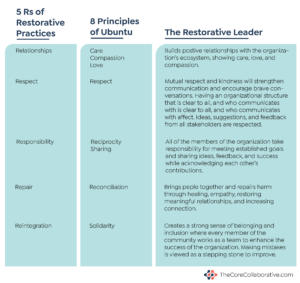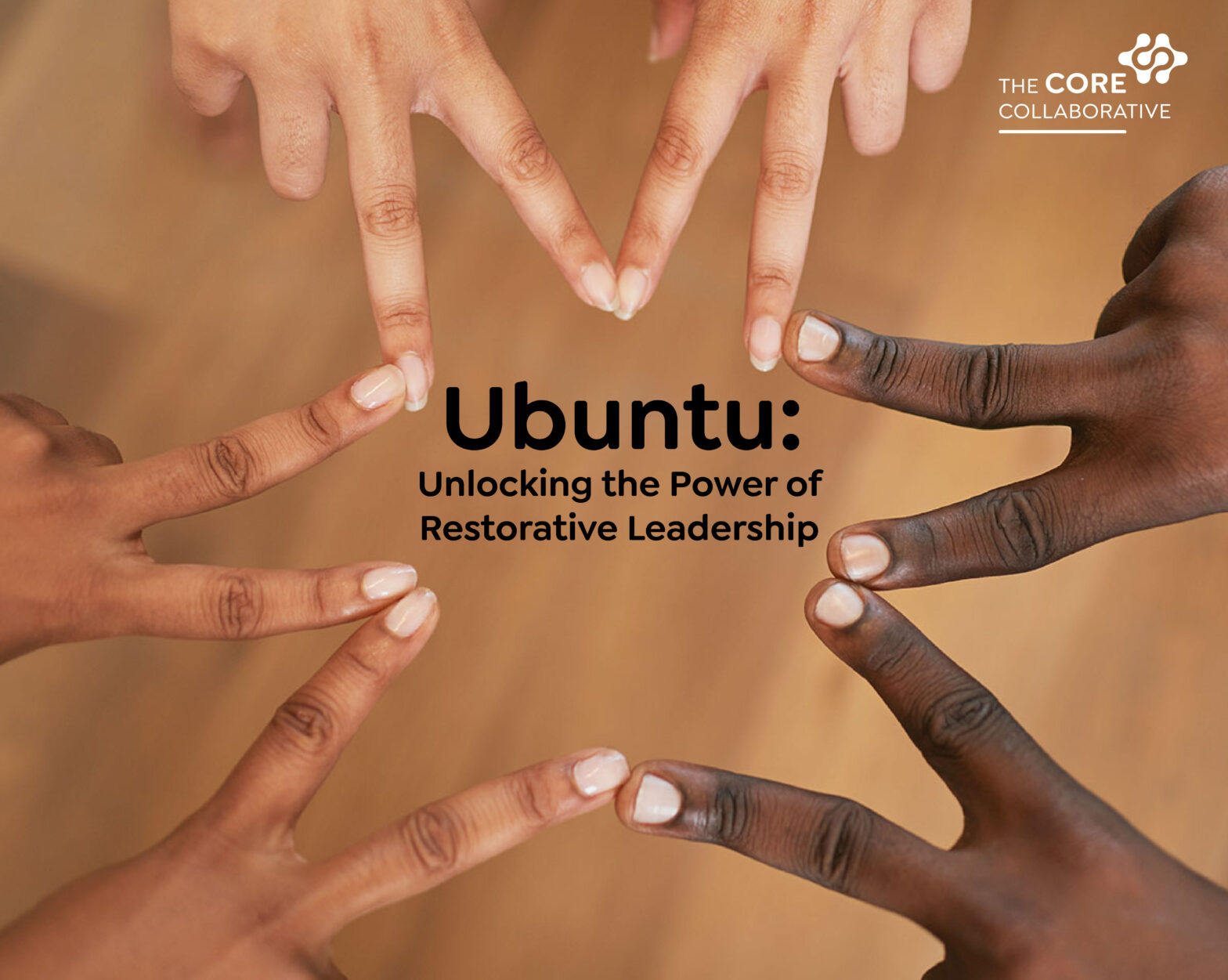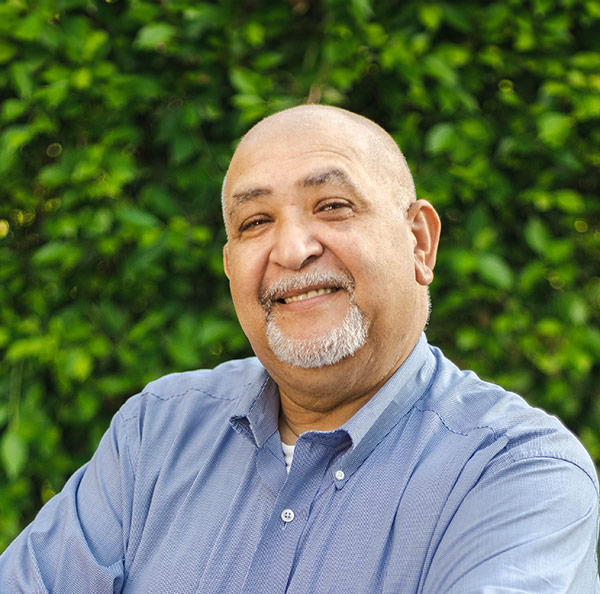“They can tell you where to sit. They can tell you where to swim. My boy, they can tell you where to eat, but they can never take away what you know. Don’t ever stop
learning.” Today these words from my late mother still ring in my ears as I continue to learn, to empower and equip myself with the knowledge and skills to excel in my field. I grew up as a person of color in Apartheid, South Africa. Subjected to an inferior education within a country where people of color were dehumanized by racism, inequality, oppression, and most of all a shallow feeling of self-worth. I was expected to become an artisan like my dad, his brothers, and all the men in my neighborhood. An apprenticeship after the 10th grade was the norm for colored boys like myself, and very few made it to university after graduating high school.
Education Before Liberation
The slogan of the day was “Liberation before Education” and my K-16 education was marred by protests, riots, and police and army brutality. Teargas, rubber bullets, and being subjected to beatings with harsh racial slurs being yelled at were the order of the day. Through all this, my principal, teachers, and community had a different view. They believed it was “Education before Liberation” because the liberation movement did not need illiterates to take the lead. My mom, who was not formally educated beyond the 6th grade once sat me down and said,
They can tell you where to sit. They can tell you where to swim. My boy, they can tell you where to eat, but they can never take away what you know. Don’t ever stop learning.
Those words never left my mind and are the main reason I became a lifelong learner, a teacher, and a school administrator who will ensure that no other child ever gets marginalized, excluded, or exposed to an inferior education. It is important to create a strong sense of belonging, a community where the physical, mental, social-emotional, and overall well-being of every member is important. I lead, shaped by my lived experience and guided by the Ubuntu philosophy which has humanity to others as its core.
Restorative Leadership in Action: Inspiring Change
A restorative leader builds relationships, forms coalitions with all the educational partners, and works relentlessly towards fulfilling the mission and vision of the organization. To be successful, restorative leaders create psychologically safe working environments. Psychologically safe working environments are spaces where adults in the building feel encouraged to share creative ideas, give opinions, and ask questions without being afraid. Everyone feels seen and heard, providing feedback that helps to improve the organization and strengthen the mission of the organization. The restorative leader is also a compassionate listener. It is important that when a member of the organization speaks with you, they feel listened to, and understood and that you care. As a restorative leader you guide, build ownership and accountability, and shape the organization’s culture by surrounding yourself with people who compliment your shortcomings, challenge your beliefs, and collaborate as a complementary team. The restorative leader is also empathetic and leads by example. Empathy is key to great leadership, and ensuring that you as the leader are modeling the expectations of humanity within the organization will enhance positive relationships, productivity, and growth within your organization.
The Power of Ubuntu
Nelson Mandela explained Ubuntu: “A traveler through a country would stop at a village, and he didn’t have to ask for food or water. Once he stops, the people give him food and attend to him. That is one aspect of Ubuntu, but it will have various aspects. Ubuntu does not mean that people should not address themselves. The question therefore is: Are you going to do so to enable the community around you to be able to improve?”

Restorative Leadership: Building Strong Communities
The restorative leader is a builder. Building relationships, trust, coalitions, and networking to ensure optimal inclusion of “community” within the organization. They are not afraid to have brave conversations, keeping things real, because they lead with conviction and their values; they model what is expected of them. The restorative leader is aware of the dangers to their leadership and avoids being egotistical, arrogant, and prideful. They are also aware of the dangers of the overuse of the pronoun “I”, knowing that “we” are much more powerful when building. Marty Linsky and Ronald Heifetz (2002), in an article titled “A Survival Guide for Leaders” cautions:
- Don’t be ignorant of an approaching threat until it is too late.
- “To neutralize potential opposition, you should acknowledge your own responsibility for whatever problems the organization currently faces.”
- “To survive, you need a sanctuary where you can reflect on the previous day’s journey, renew your emotional resources, and recalibrate your moral compass.”
There is Oneness to Humanity
Ubuntu, a word that captures Mandela’s greatest gift: his recognition that we are all bound together in ways that are invisible to the eye; that there is a oneness to humanity; that we achieve ourselves by sharing ourselves with others, and caring for those around us. In the end, restorative leadership requires a growth mindset, a kind heartset and the ability to build community grounded in authentic connections.
Works Cited:
5 Rs of Restorative Practices: Credited to Beverly Title, founder of Revolutionaries


